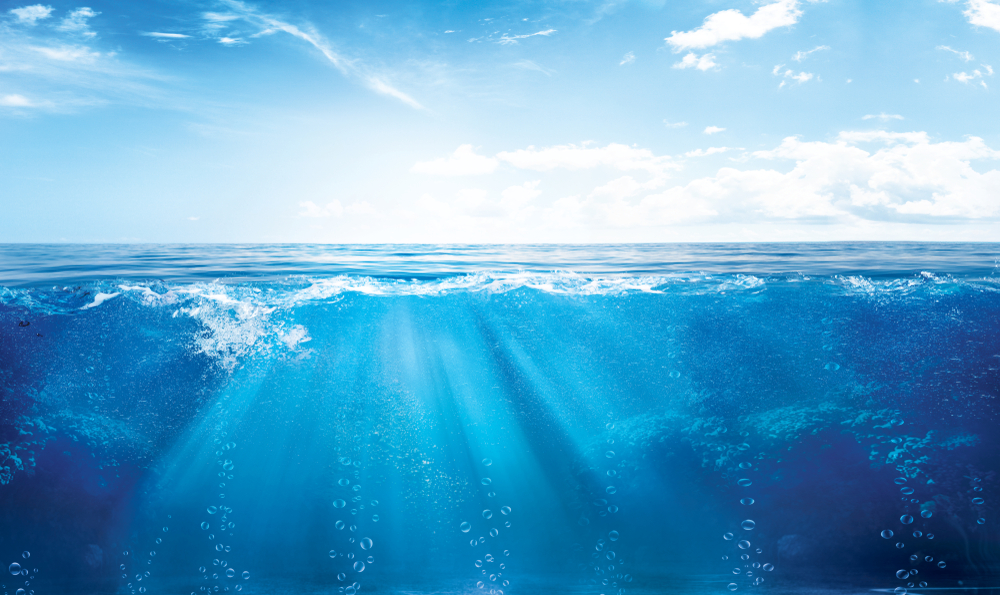Water

Water is often a metaphor for life itself. Here is what it looks like in real life.
The sea is salty, accounting for 97.5% of all the water on earth. Another 1.75% is frozen at both the North and South Poles, in glaciers or in permafrost. This leaves the world of eight billion people to rely on less than 1.0% of the planet’s available water. Fifty nine percent of our useable water comes from .3% of surface or fresh water sources. The rest comes from subterranean ground water.
Those statistics are enough to stop and give pause. The March 2nd issue of The Economist claims the fundamental challenges are neither the resource of water nor the technical aspects of providing clean and safe water, but rather the political, managerial, and cultural pressures to managing our water supply. From our North American perspective and especially the State of Michigan where we reside, surrounded by the Great Lakes of fresh water, we are incredibly blessed. That is until we realize it was exactly the managerial and political pressures that gave us lead and contaminated water in Flint, one of our large cities right next door.
In 2018, Cape Town in South Africa narrowly escaped the unwanted prize for being the first of the world’s big cities to run out of water. The reservoirs supplying the city had fallen below 20%. Four years earlier Sao Paulo in Brazil had teetered on the brink with reservoirs down to five percent of capacity.
Global water usage is six times greater than it was a century ago. It is expected to rise by 20-50% in the next thirty years. Three main factors will drive the continued growth in demand: population, prosperity, and climate change. The single largest use of water is that of agriculture and irrigation. Unequal access along with climate change will bring significant challenges. At present, nine countries account for 60% of all freshwater. China and India have about 36% of the world’s population but only about 11% of its fresh water. Wars have been fought over less important issues.
I am an optimist. Desalination is a partial solution and operational in Israel with five plants. However, it is expensive and largely and possible in only wealthy countries. Recycling of waste water needs to be seen as a resource rather than a problem and is another partial solution. More efficient forms of irrigation could save millions of gallons.
The well off will be able to lobby for their interests and pay for water. Meanwhile, there are hundreds of millions who do not yet have access to safe and adequate drinking water. By definition, these are the poor and powerless. They resource water from rain and catchments in the rainy season and from polluted rivers, lakes, open wells, and ponds in the dry season. It is to these vulnerable people groups and nations that our business seeks to have an impact.
Thank you for what you do to be a part of the solution. Check out connectforwater.org for more ways to help.
[/et_pb_text][/et_pb_column][/et_pb_row][/et_pb_section]